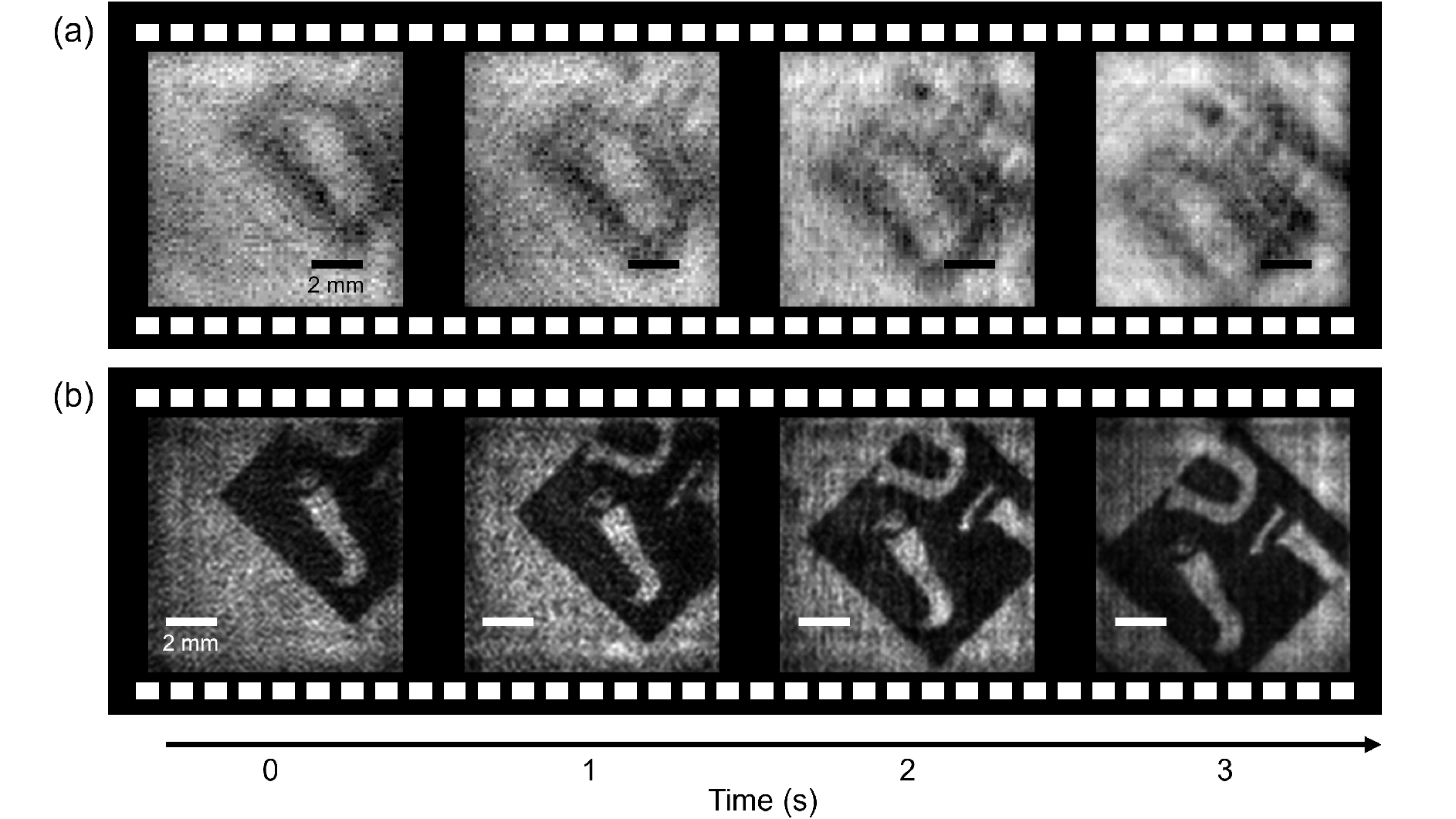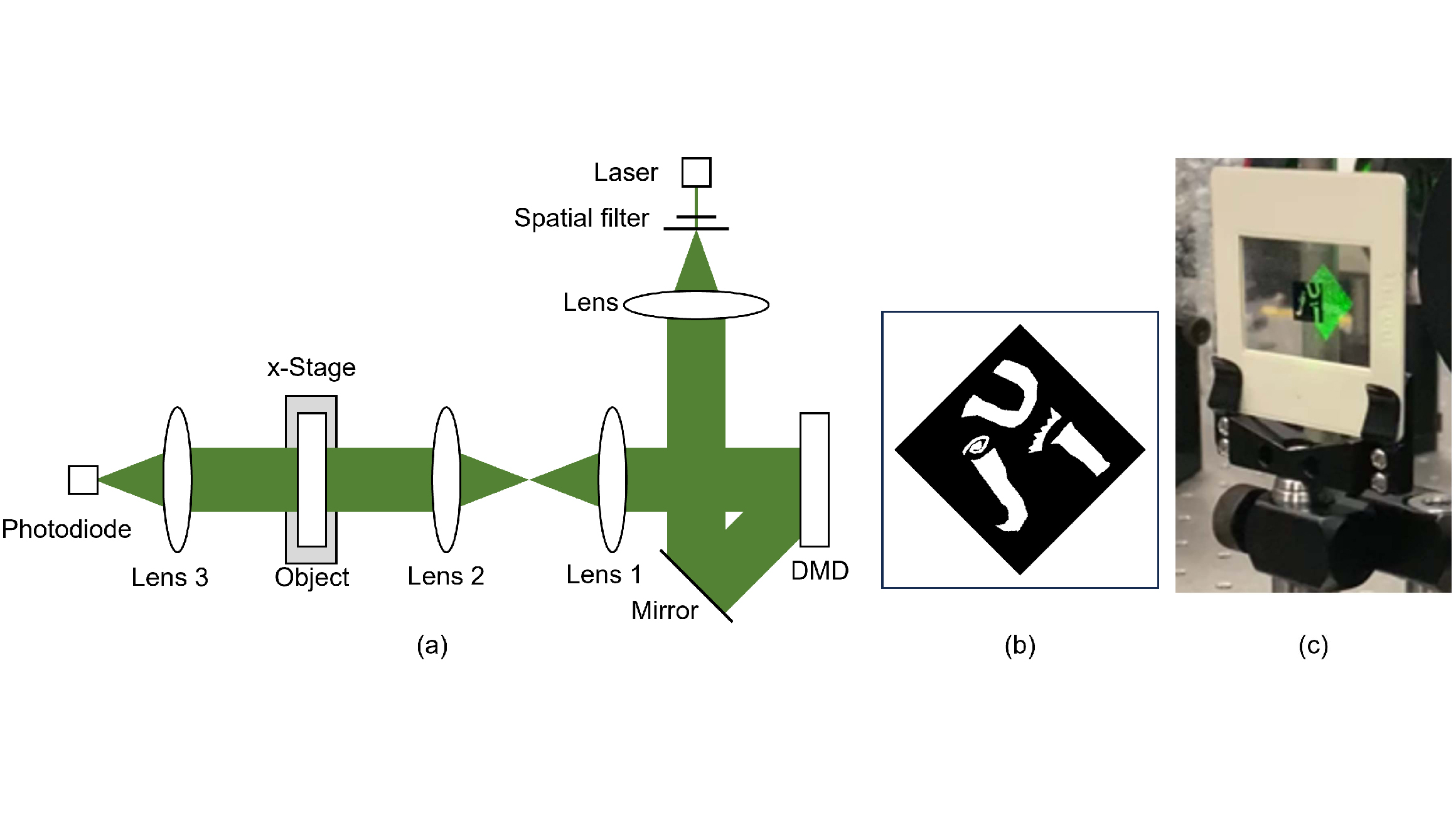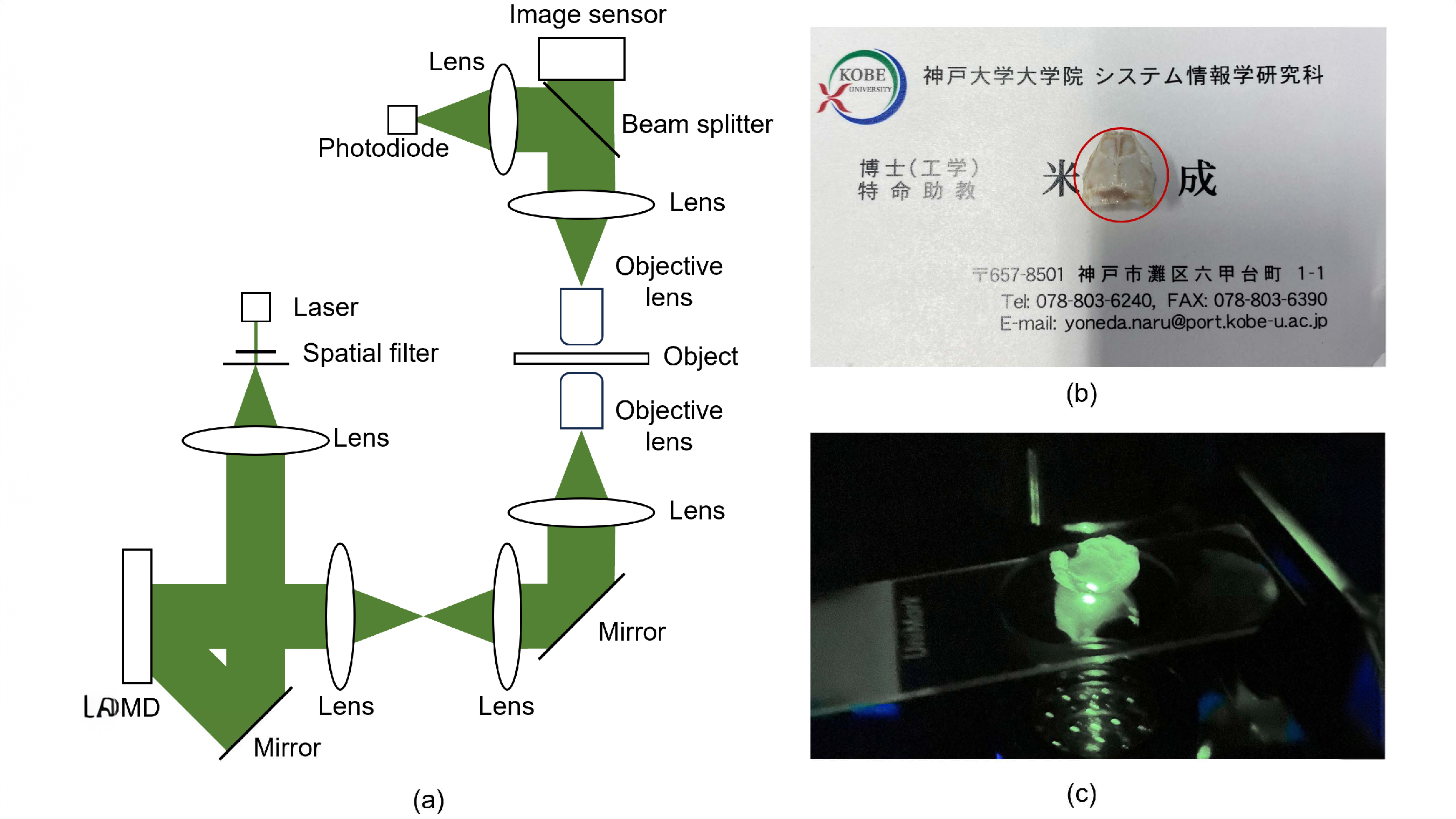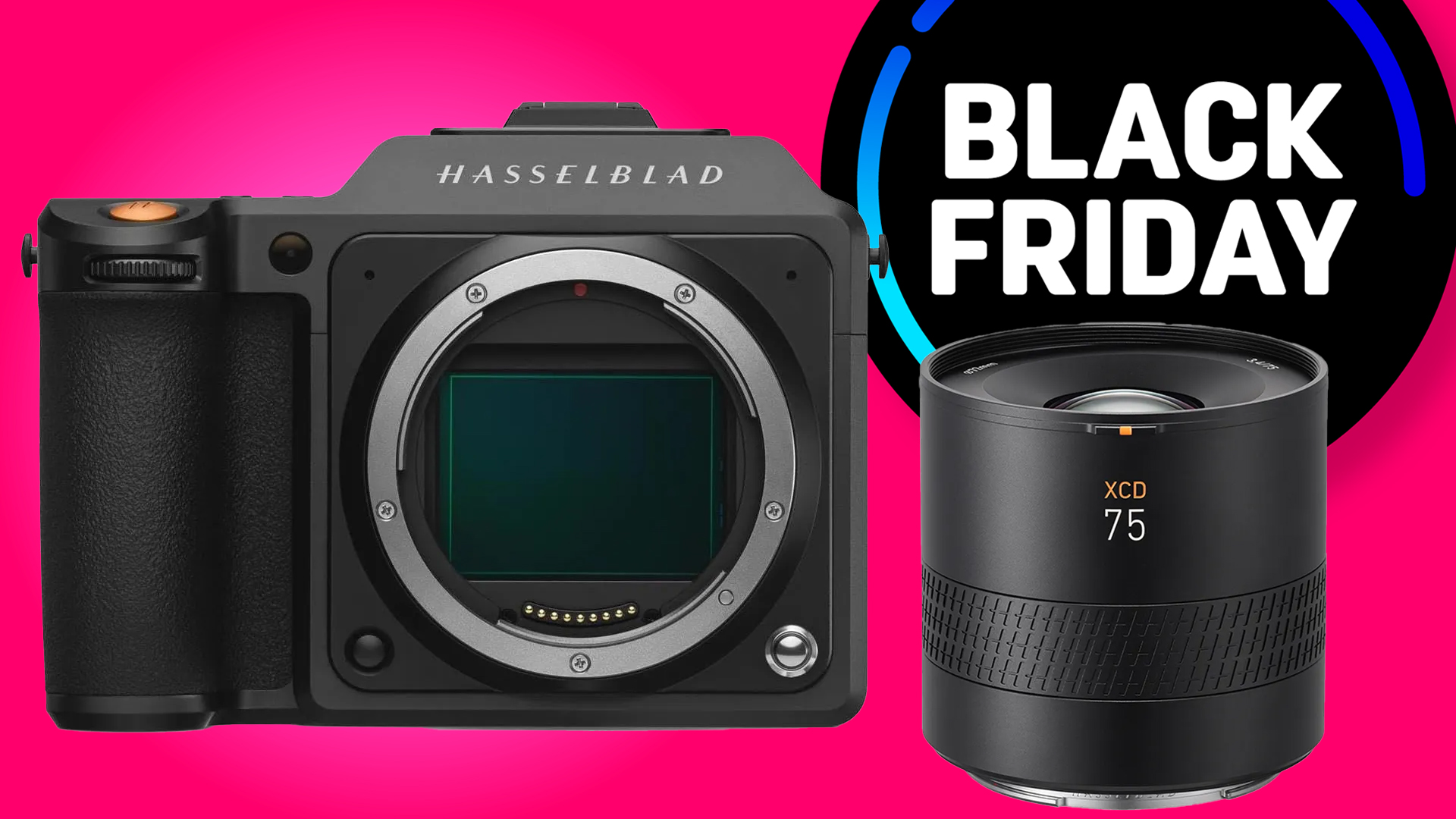Breakthrough 1-pixel camera records holographic video – built at microscopic scale
Kobe University's development records 3D images of moving objects and obtains images outside the visible spectrum with a one-pixel sensor

A team from Kobe University, Japan, and optics researcher Yoneda Naru has unveiled developments in image capture technology: a 1-pixel sensor, capable of recording 3D images (holograms) of moving subjects – even through light scattering media, such as biological tissue.
Holograms are commonly seen today as security features, like those found on passports and banknotes, serving as proof of authenticity. These are typically created using laser-based interference patterns. However, holography means more in the world of scientific imaging.
For biological imaging, found in biomedicine, neurology and cellular biology, observing moving structures in 3D – which is minimally invasive, meaning examinations and treatments in which no tissue is damaged – is key.
Here, existing techniques have limitations. Understanding the main traditional approaches and their limits will highlight why the 1-pixel camera from Kobe University and researcher Yoneda is so significant.
1) FINCH (Fresnel Incoherent Correlation Holography)
Uses a fast 2D image sensor, capable of recording movies, but only works in visible light conditions, and requires a clear, unobstructed view of the subject
2) OSH (Optical Scattering Holography)
Employs a one-pixel sensor and can capture images through scattering media (like tissue) even from non-visible subjects.
The OSH technique sounds like the newest development from Kobe University, but here's the catch: OSH can only record stationary subjects, making it unsuitable for motion capture.
The best camera deals, reviews, product advice, and unmissable photography news, direct to your inbox!
As reported by the journal Optics Express, Kobe University set out to break this barrier. In partnership with Yoneda, a technique was developed that combines the speed and video capabilities of FINCH with the depth-penetrating power of OSH.
By doing so, the team created the 1-pixel sensor under a microscope and employed a digital micromirror device (DMD). The DMD projects light patterns onto the moving subject, which are essential for reconstructing a hologram from a single-pixel signal.
"This device operates at 22 kHz, whereas previously used devices have a refresh rate of 60 Hz," Yoneda explains. "This is a speed difference that's equivalent to the difference between an old person taking a relaxed stroll and a Japanese bullet train."
Although the prototype's screen frame rate is lower than the standard rate of 20 Hz, Yoneda's team has theoretically proven that their 1-pixel camera could achieve this rate. By using a technique called 'sparse sampling', the data requirements are reduced by selectively capturing parts of the image rather than all of it at once.
However, challenges remain, including the need to enhance the overall image quality. The team is currently working on optimizing the projected patterns and incorporating deep-learning algorithms to convert raw data into clearer images.
Looking ahead, Yoneda envisions applications for this technology in minimally invasive, three-dimensional biological observation. You can see the technology in action in the video below.
You might like...
If you are interested in what new camera, lens and sensor technology can contribute to the medical sector and improving lives, you might want to look at the following articles:
- This camera can change the world (seriously) with ultra-high-resolution imaging, biomarker mapping and AI
- AI for good: This wearable AI camera helps visually impaired people navigate

Kim is a photographer, editor and writer with work published internationally. She holds a Master's degree in Photography and Media and was formerly Technique Editor at Digital Photographer, focusing on the art and science of photography. Blending technical expertise with visual insight, Kim explores photography's time-honored yet ever-evolving role in culture. Through her features, tutorials, and gear reviews, she aims to encourage readers to explore the medium more deeply and embrace its full creative potential.
You must confirm your public display name before commenting
Please logout and then login again, you will then be prompted to enter your display name.


